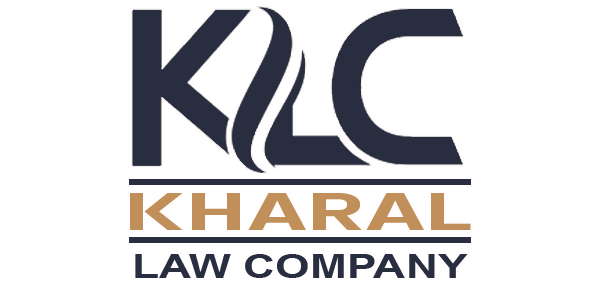At this stage, the company will dispatch payment cheques or transfer funds to the suppliers. Let us discuss accounts payable, what’s included in it, and how to record the journal entries. However, it should be handled carefully to manage the supplier relationships. However, there is a small difference between accounts payable and trade payables. Accounts payable aging or A/P aging is the report used by the company to control and monitor its payables. The company that has many suppliers may need to use the A/P aging report to easily manage its payment to the supplier.
You can efile income tax return on your income from salary, house property, capital gains, business & profession and income from other sources. Further you can also file TDS returns, generate Form-16, use our Tax Calculator software, claim HRA, check refund status and generate rent receipts for Income Tax Filing. Ensure that the bill includes vendor name, authorization, date, and verified and matching requirements to the purchase order. Accounts Payable organizes and maintains vendor contact information, payment terms, and Internal Revenue Service W-9 information either manually or using a computer database.
Also, an efficient accounts payable management process prevents fraud, overdue charges, and better cash flow management. Further, it also ensures proper invoice tracking and avoiding duplicate payment. Whenever your supplier provides goods or services on credit to your business, there are accounts payable outstanding on your balance sheet. Meaning the accounts payable account gets credited as there is an increase in the current liability of your business.
Our Team Will Connect You With a Vetted, Trusted Professional
In some companies, one specific accountant may be responsible for all accounts payable. In other cases, one accountant is responsible for all of the company’s accounting, AP included. For instance, 2/10 net 30 is the trade credit that your suppliers offer for the sale of goods or services, meaning you’ll receive a discount of 2% if you pay the amount due excel accounting and bookkeeping within 10 days.
After an invoice has been received, it is generally reviewed by the accounts payable team for any discrepancies. This involves performing invoice matching, entering invoice details into the accounting system, and raising incorrect invoices back to the vendor. Implementing AP automation to automate the capture of invoice details aids this process.
Do you own a business?
The accounts payable process starts with the generation of a Purchase Order. A purchase order is a buyer’s request for goods or services to the vendors. A liability, though, is only noted after the purchases have been delivered and an invoice is sent by the vendor. Robert Johnson Pvt Ltd needs to determine its accounts payable turnover ratio for 2024. It had an opening accounts payable balance of $500,000 and a closing accounts payable balance of $650,000.
The accounts payable department of each business will likely have its own set of procedures in place before making payments to vendors. In addition to this, effective accounts payable management practices ensure that you’re building trust with your suppliers by honoring the agreed payment terms and paying your suppliers on time. Building trustworthy and strong relationships with suppliers are essential, because it’ll help you to receive goods on better credit terms from your vendors. The accounts payable turnover refers to a ratio that measures how quickly your business makes payment to its suppliers. That is, it indicates the number of times your business makes payments to its suppliers in a specific period of time.
Accounts Payable vs. Trade Payables
- Whenever your supplier provides goods or services on credit to your business, there are accounts payable outstanding on your balance sheet.
- You as a business can be viewed as a supplier, and your accounts receivables represent the amount of money you lend to your customers.
- Companies mostly find it convenient to record an accounts payable liability when they actually receive the goods.
- Trade payables refer to payments on goods or services, and non-trade payables refer to business expenses that don’t directly affect operations (e.g. utility bills).
Accounts Payable is presented as a current liability on a company’s balance sheet. It includes a collection of short-term credits extended by vendors and creditors for goods and services a business receives. An increase in the stock in cash flow statement accounts payable indicates an increase in the cash flow of your business. This is because when you purchase goods on credit from your suppliers, you do not pay in cash. Thus, an increase in accounts payable balance would signify that your business did not pay for all the expenses. Since you’ve purchased goods on credit, the accounts payable is recorded as a current liability on your company’s balance sheet.
And the other payables, which are not related to the main operation of the business, are usually recorded in accounts payable. The accounts payable ledger provides a comprehensive record of transactions from a company’s vendors/suppliers and the balances owed to them. This journal entry shows ABC Ltd has increased raw materials by Rs 50,000 by debiting the raw materials account and increased its accounts payable balance by the same amount. This means ABC Ltd. owes its supplier Rs 50,000, which must be paid by 25th June. Any transaction related to purchasing goods or services on credit results in an accounts payable liability.


